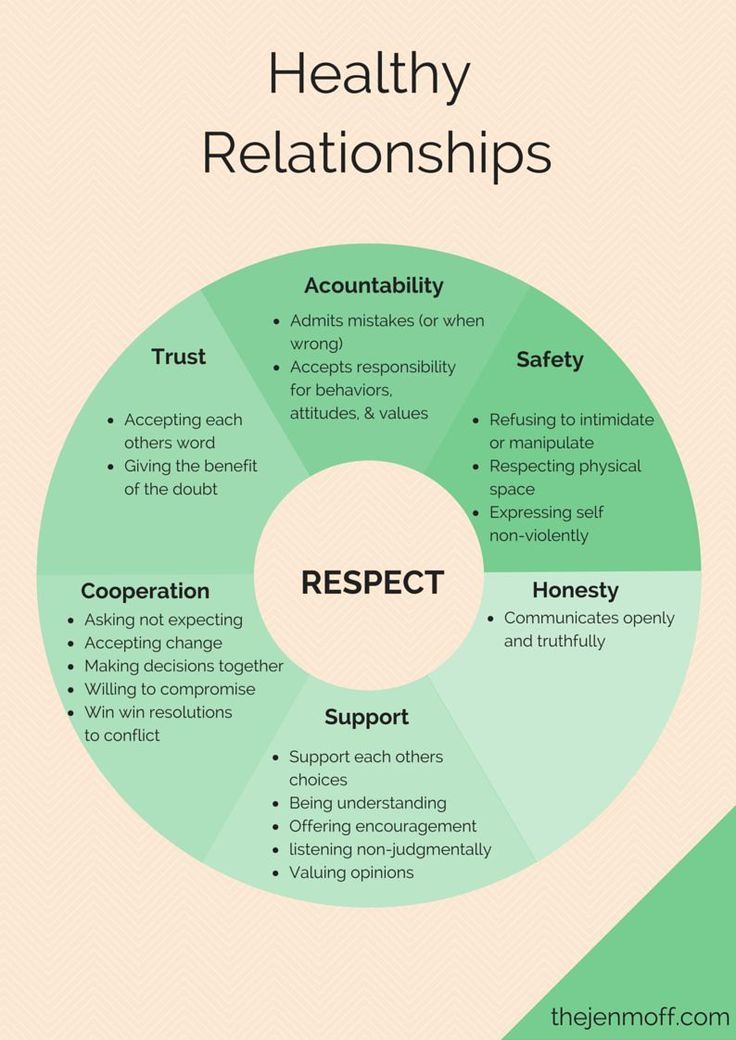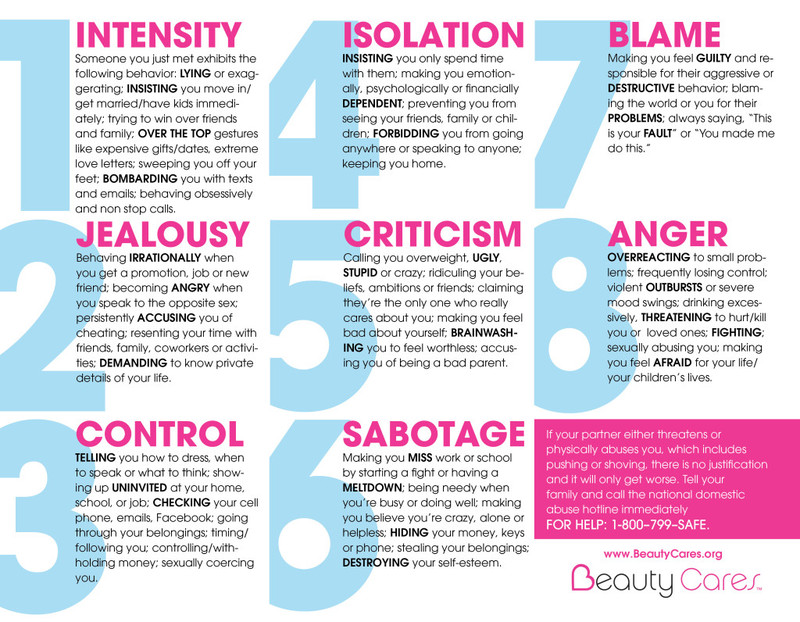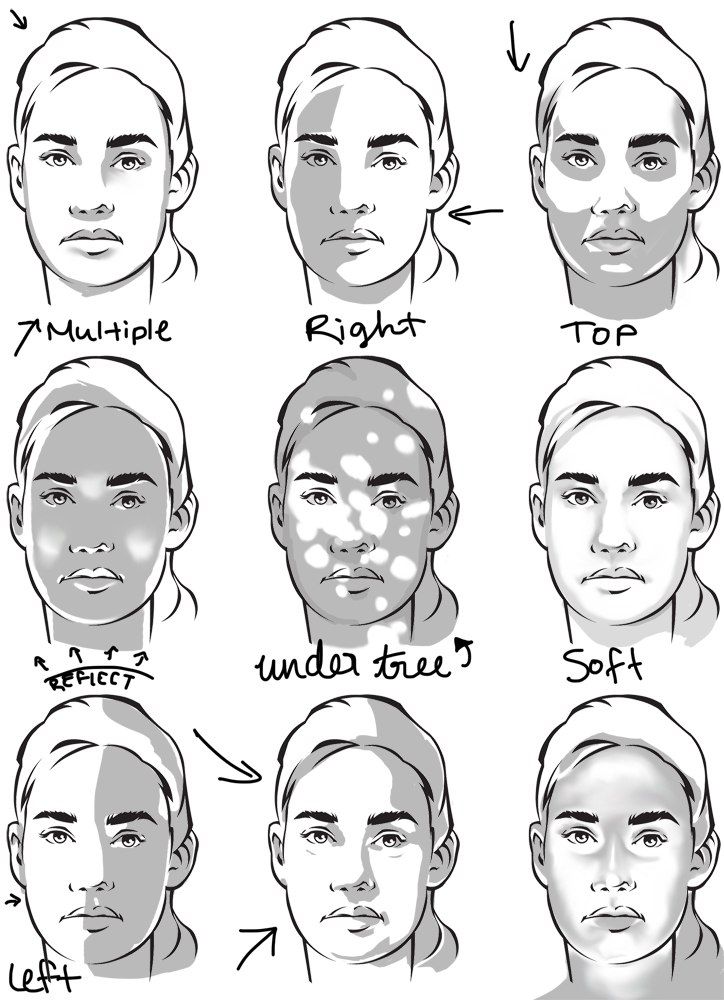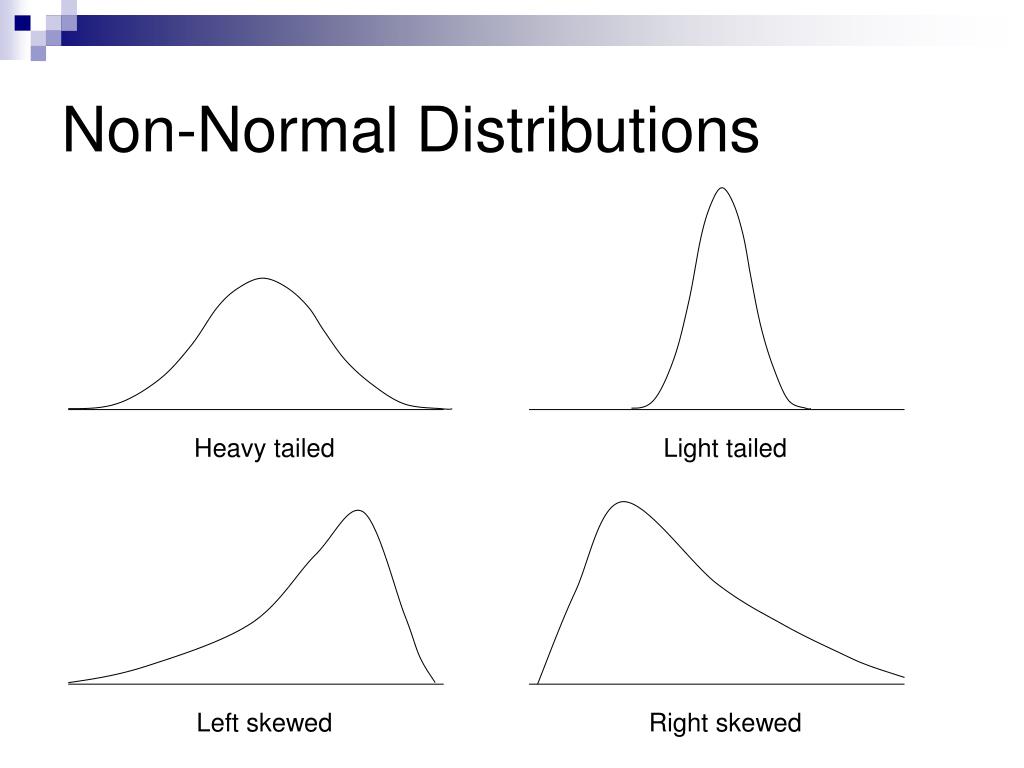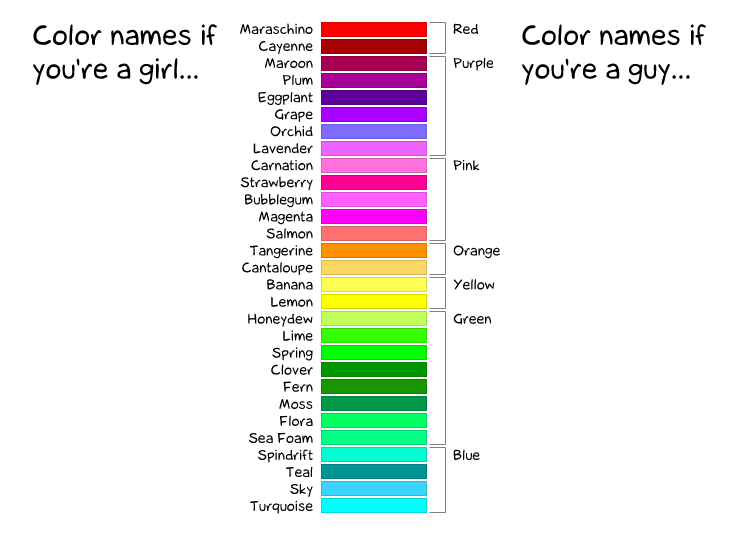What is clanging
Clang Association: Meaning, Definition, and Examples
Clang association, also known as clanging, is a speech pattern where people put words together because of how they sound instead of what they mean.
Clanging usually involves strings of rhyming words, but it may also incorporate puns (words with double meanings), similar-sounding words, or alliteration (words beginning with the same sound).
Sentences containing clang associations have interesting sounds, but they don’t make sense. People who speak in these repetitive, incoherent clang associations usually have a mental health condition.
Here’s a look at the causes and treatment of clang association, as well as examples of this speech pattern.
Clang association isn’t a speech disorder like stuttering. According to psychiatrists at Johns Hopkins Medical Center, clanging is a sign of a thought disorder — an inability to organize, process, or communicate thoughts.
Thought disorders are associated with bipolar disorder and schizophrenia, although at least one recent study indicates that people with a certain type of dementia may also demonstrate this speech pattern.
A clanging sentence may begin with coherent thought and then get derailed by sound associations. For instance: “I was on my way to the store the chore the bore some more.”
If you notice clanging in someone’s speech, especially if it becomes impossible to understand what the person is trying to say, it’s important to get medical help.
Clanging may be an indication that the individual is either having or about to have an episode of psychosis. During these episodes, people may hurt themselves or others, so getting help quickly is important.
In a clang association, a word group has similar sounds but doesn’t create a logical idea or thought. Poets often use rhymes and words with double meanings, so clanging sometimes sounds like poetry or song lyrics — except these word combinations don’t convey any rational meaning.
Here are a couple of examples of clang association sentences:
- “Here she comes with a cat catch a rat match.”
- “There’s a mile-long dial trial a while, child.
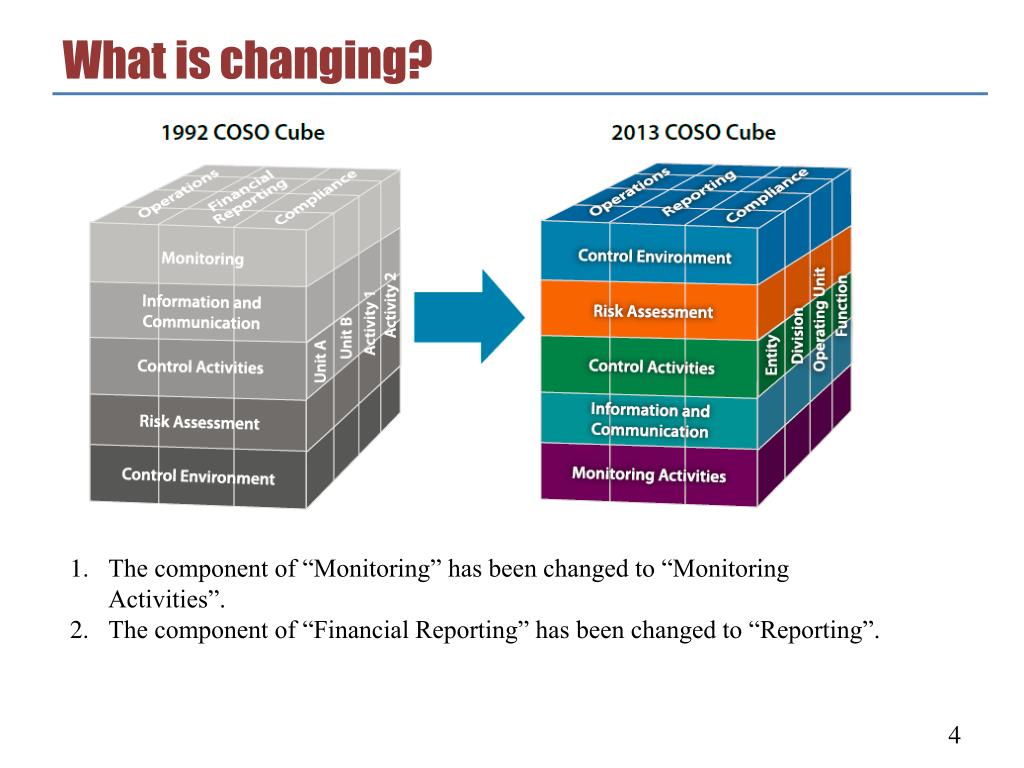 ”
”
Schizophrenia is a psychiatric disorder that causes people to experience distortions of reality. They may have hallucinations or delusions. It can also affect speech.
Researchers noted a connection between clanging and schizophrenia as far back as 1899. More recent research has confirmed this connection.
People who are experiencing an acute episode of schizophrenic psychosis may also show other speech disruptions like:
- Poverty of speech: one- or two-word responses to questions
- Pressure of speech: speech that is loud, fast, and hard to follow
- Schizophasia: “word salad,” jumbled, random words
- Loose associations: speech that suddenly shifts to an unrelated subject
- Neologisms: speech that includes made-up words
- Echolalia: speech that repeats whatever someone else is saying
Bipolar disorder is a condition that causes people to experience extreme mood changes.
People with this disorder usually have prolonged periods of depression as well as manic periods characterized by extreme happiness, sleeplessness, and risky behavior.
Studies have found that clang association is particularly common among people in the manic phase of bipolar disorder.
People experiencing mania often speak in a rushed way, where the speed of their speech matches the rapid thoughts surging through their mind. It’s important to know that clanging is not unheard of during depressive episodes, too.
Studies have found that thought disorders generally disrupt the ability to communicate, which can include both written and spoken communication.
Researchers think that the problems are connected to disturbances in working memory and semantic memory, or the ability to remember words and their meanings.
A study in 2000 showed that when some people with schizophrenia write down words that are read aloud to them, they swap phonemes. This means, for example, that they’ll write down the letter “v”, when the letter “f” was the correct spelling.
In these cases, the sounds produced by “v” and “f” are similar but not exactly the same, suggesting that the individual didn’t recall the right letter for the sound.
Because this thought disorder is associated with bipolar disorder and schizophrenia, treating it requires treating the underlying mental health condition.
A doctor may prescribe antipsychotic medications. Cognitive behavioral therapy, group therapy, or family therapy may also help manage symptoms and behaviors.
Clang associations are groups of words chosen because of the catchy way they sound, not because of what they mean. Clanging word groups don’t make sense together.
People who speak using repetitive clang associations may have a mental health condition such as schizophrenia or bipolar disorder. Both of these conditions are considered thought disorders because the condition disrupts the way the brain processes and communicates information.
Speaking in clang associations may precede an episode of psychosis, so it’s important to get help for someone whose speech is unintelligible. Antipsychotic medications and various forms of therapy may be part of a treatment approach.
Antipsychotic medications and various forms of therapy may be part of a treatment approach.
When Talking in Rhymes is a Symptom
Clanging involves stringing rhyming words together. Sentences sound catchy but may not make sense. It can be a symptom of schizophrenia.
An example of clanging, also known as clang association, is, “I tied the rope soap the slope nope.”
Clanging involves putting words together in sentences based on their sound instead of what they mean. It typically results in incoherent or disorganized speech.
Clanging is often the result of a thought disorder. These involve disorganized thinking and an inability to process thoughts and communicate effectively.
The words used in clanging might include:
- rhyming words
- homonyms or homophones
- words with the same or similar syllables (e.g., embalm and balm)
- alliteration (repetition of words that start with the same letter)
Clanging doesn’t involve intentional wordplay. Some poetry and lyrical styles, such as those influenced by Dadaism, might seem like clanging: Nonsensical sounds and words are often strung together because of how they sound.
Some poetry and lyrical styles, such as those influenced by Dadaism, might seem like clanging: Nonsensical sounds and words are often strung together because of how they sound.
But clanging as a medical term is never intentional. In this case, it’s a symptom of a mental health challenge. The person may not be aware they’re doing it, and if they are, they cannot control it.
Yes. Clanging is considered a positive symptom of schizophrenia. This means the symptom adds something to the person’s behavior. In this case, a disorganized way of talking that wasn’t there before.
Negative schizophrenia symptoms refer to something that goes away, such as expressing emotions.
In schizophrenia, clanging isn’t always present. It can be a sign that the person’s currently in or about to enter an episode of psychosis.
Psychosis involves a different perception of reality and includes symptoms like delusions and hallucinations.
Clanging is considered disorganized speech, a formal symptom of schizophrenia.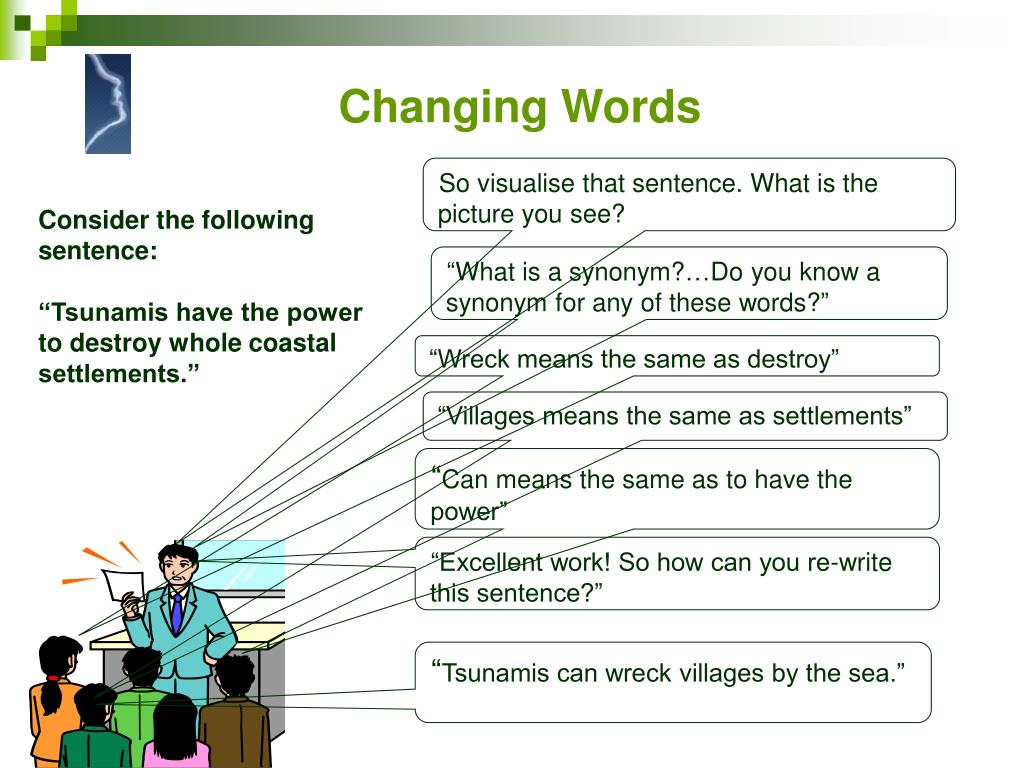
Disorganized speech can also manifest as:
- rapidly changing topics when speaking
- making up and repeating words and phrases
- incoherent sentences and words
Not everybody with schizophrenia experiences clanging or disorganized speech.
Clang associations aren’t exclusive to schizophrenia. They can also appear in bipolar disorder, especially during mania and dementia.
Examples of clang association
- “I want another brother mother, other.”
- “Where are the please keys knees to freeze?”
- “On my nose, knees, nuzzle, nod off.”
- “I’m walking to the shop hop slop flip-flop.”
Clanging is a kind of schizophasia. Schizophasia, popularly called “word salad,” is also disorganized speech. It typically involves an incomprehensible mix of random words and phrases, but not always similar sounding.
Just as clanging, schizophasia can be a symptom of neurological and mental health disorders like:
- schizophrenia
- bipolar disorder with psychosis
- dementia
Schizophasia can affect both verbal and written speech.
There’s no cure for schizophrenia, but treatment for schizophrenia may be an effective way to manage symptoms, including clanging.
Management of schizophrenia can include:
- medications, particularly antipsychotics
- psychotherapy like cognitive behavioral therapy (CBT) and acceptance and commitment therapy (ACT)
- support groups
- self-care strategies, such as following structured routines and using stress-relieving techniques
In some cases, schizophrenia may require hospitalization.
It might also be helpful to create a support plan. This can include educating loved ones about the symptoms of psychosis and telling them who to call or what to do in case professional help is needed.
Although living with schizophrenia can be challenging, treatment can make it possible to live a fulfilled and functional life.
Clanging is a disorganized speech pattern that often appears as a symptom of schizophrenia. It involves using similar-sounding words together, even though they don’t make sense.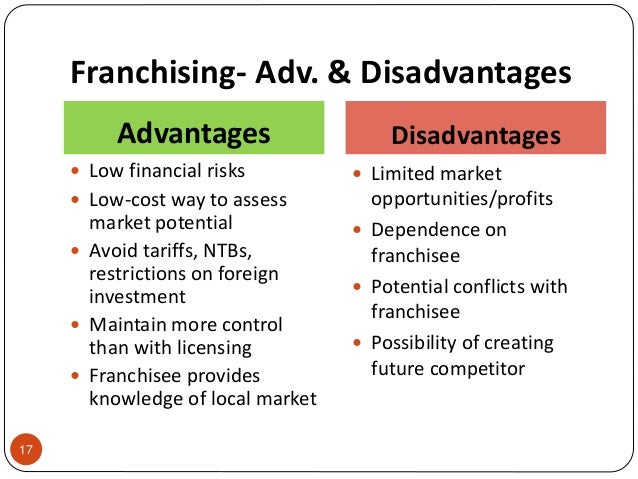
While there’s still no cure for schizophrenia, symptoms like disorganized speech can be managed through a combination of medication and talk therapy as well as social support and self-care strategies.
Engine knocking: causes of knocking, what to do
A serviceable and well-adjusted internal combustion engine makes a uniform noise. At idle, it is low-frequency, without sharp blows and high notes. If your car has a knocking sound in the engine, it could be a sign of a serious problem. We talk about possible malfunctions and their causes.
What causes knocking?
Loud extraneous noises are caused by increased gaps between the moving parts of the motor. Hitting each other, the parts wear out quickly, often deform, and in the worst cases, completely destroyed in a short time. Therefore, it is very important to find and fix the problem as soon as possible.
To find out the cause of a knock in the engine, you need to listen to where it comes from. The worst option is from the crankcase or the bottom of the cylinder block, a slightly better one is from the top of the engine. Sometimes drivers confuse a knock in the engine with the noise of attachments - a pump, a generator, a fuel pump. Such breakdowns are also unpleasant, but the repair of these nodes will be cheaper.
The worst option is from the crankcase or the bottom of the cylinder block, a slightly better one is from the top of the engine. Sometimes drivers confuse a knock in the engine with the noise of attachments - a pump, a generator, a fuel pump. Such breakdowns are also unpleasant, but the repair of these nodes will be cheaper.
In service centers, technicians look for the source of knocking with a medical stethoscope. Experienced motorists are advised to keep an impromptu tool on hand - an empty tin can connected to a rebar. The flat end of the pin is applied to the motor, and the bell to the ear. This way you can hear exactly where the noise is coming from. But on the road, you will not be able to use either a professional or an impromptu tool. You will have to rely only on your hearing.
Main Causes of Engine Knocking
Detonation
A loud metallic clang that increases as the engine revs up. It usually appears when the engine is heavily loaded - during dynamic acceleration, when driving uphill, when towing a trailer.
Instead of burning, the fuel explodes chaotically, causing strong blows to the piston. At the same time, carbon deposits remain on the walls of the cylinder, which can cause other problems.
Cause: is usually a low octane gas fill - less than recommended for your vehicle. Strong knocking in the engine during detonation can also be caused by engine overheating, dirty nozzles, worn rings and damaged valve seals.
Hydraulic lifters
Muffled knock at idle. Disappears when regassing, often subsides when the engine warms up. Heard from the top of the motor.
Most likely the reason is the incorrect operation of hydraulic lifters - mechanisms that set the correct position of the valves. Usually gaps appear in them or small parts are displaced.
Cause: is usually normal wear and tear. But compensators quickly begin to knock due to bad oil - poor lubricity, high viscosity or foreign impurities.
Valves
Loud knocking in the engine from above. Accelerates when you press the gas pedal. Independent of motor temperature and load level.
Accelerates when you press the gas pedal. Independent of motor temperature and load level.
Incorrectly installed valve hits the walls of the "seat", causing a clang. In some motors, it may collide with the piston - the consequences of such contact are devastating for the engine.
Cause: natural wear of the mechanism. In some motors, valve clearances are manually adjusted, in others the hydraulic compensator may need to be replaced. If the problem is more serious, they change the valve, "seat" or other parts of the gas distribution mechanism.
Camshaft
Muffled cold engine noise coming from above. The clanging frequency is half as much as the engine speed. If the wear of the camshaft has just appeared, it disappears as it warms up. If the knock continues, you need to urgently change the part.
Due to severe wear, the camshaft can move relative to its bearings. Often the gap between the cam and the valve lifter increases, increasing the impact when the two parts of the mechanism come into contact.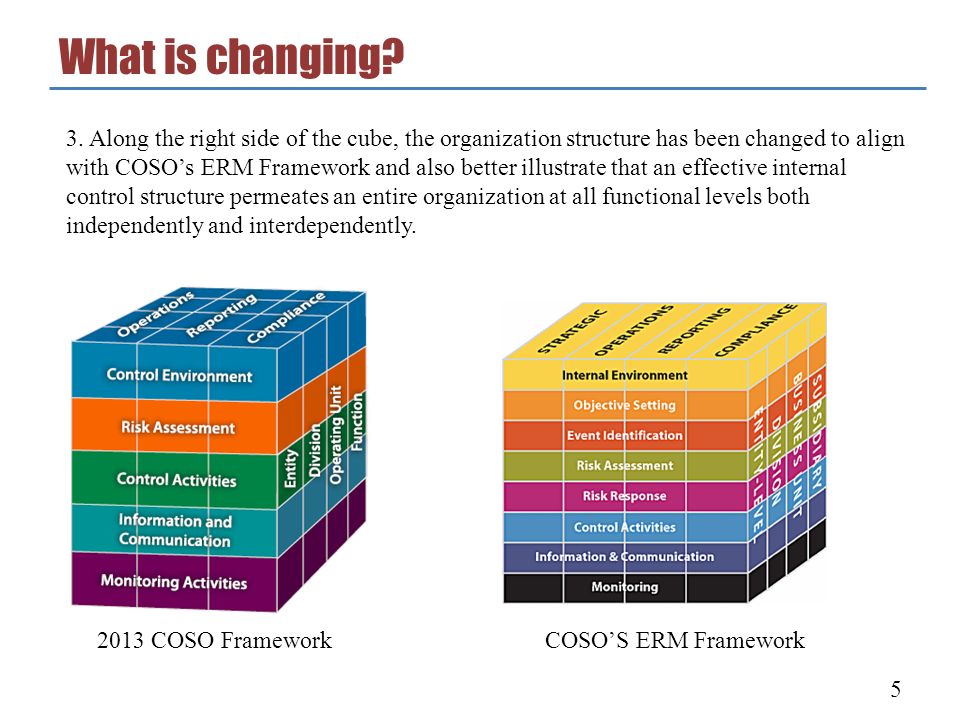
Reason: most often - oil starvation due to underfilling, leakage or untimely replacement. The camshaft quickly fails when using low-quality lubricant with foreign impurities and small debris. And, of course, no one canceled the natural wear of the part.
Crankshaft
A dull thud from a cold engine coming from below. Loudest of all is heard at the time of startup and in the first few seconds of operation. It fades as it warms up, but doesn't go away completely. At certain speeds it may disappear, and then appear again.
The gaps between the journals and the crankshaft liners increase, the main bearings fail. You need to get to the station as soon as possible.
Cause: during normal operation of the motor - natural wear. The crankshaft wears out much faster with a shortage or low quality of oil, as well as with a long drive with engine overheating or detonation.
Piston pins
Hot engine clatter when the gas pedal is pressed hard. It comes from the cylinder block - approximately in the middle of the engine.
It comes from the cylinder block - approximately in the middle of the engine.
The diameter of the mounting hole for the "fingers" - the rods connecting the piston to the connecting rod - has increased. Increased loads cause a beating, accompanied by high-frequency noise.
Cause: Natural wear of parts, long driving on an overheated engine or knocking, frequent refueling with low-quality fuel.
Pistons
A dull thud from the center of the engine, often accompanied by clicks. In some motors, it resembles a blow to a thick-walled ceramic pot. Usually mutes as it warms up, but intensifies as you let off the gas.
The clearance between piston and cylinder is increasing. Beats appear, which are accompanied by blows. When the engine heats up, they subside due to the thermal expansion of the metal.
Cause: more often due to natural wear of parts. Less often - driving with overheating, detonation and low oil levels.
Connecting rod bearings
Muffled knocking from the bottom of the engine, which increases sharply when the throttle is released from high speeds. Each motor can have its own tone, so it is not easy to determine this breakdown by ear.
The wear increases the clearances between the crankshaft and the connecting rod bearings. The latter can turn or completely collapse, jamming the engine. Therefore, if you suspect this breakdown, you need to stop and turn off the engine as soon as possible. You will have to get to the place of repair in tow or on a tow truck platform.
Cause: natural wear of parts, low oil level, poor lubrication, frequent engine overheating.
Oil pump drive
A loud thud that gets faster as rpm increases and is independent of engine temperature. Similar to valve failure symptoms, but the sound is coming from the pump side. A breakdown can disable the car for a while, but repairs will cost less than restoring the motor. The reason usually lies in the wear of the assembly or in mechanical deformation after an impact.
Crankshaft pulley
A thud from the bottom of the motor. Reminds me of crankshaft wear symptoms. Almost always accompanied by an oil leak. The most common cause is an under-tightened or worn mounting nut. On some motors, it can unscrew spontaneously - you need to periodically check the tightness of its fit.
What should I do if the engine knocks?
Any engine failure is dangerous - if the mechanism jams, the repair will cost several times more. In the worst cases, the engine is changed as an assembly, spending up to 50-70% of the cost of the car.
When you hear that the car engine is knocking, you need to immediately find the place where the noises come from. If they are emitted by the upper part of the motor, it is allowed to get to the service station on their own. But you can’t delay the repair - the longer you wait, the higher the cost of work.
The most dangerous knocks come from the bottom of the engine. When you hear them, stop the engine immediately. You will have to get to the place of repair in tow or on a tow truck.
Some problems can be solved with little bloodshed. For example, when adding oil to the recommended level, the knocks of the crankshaft and hydraulic lifters disappear. But driving on a "dry" engine could damage some components. It is better to set aside time and visit a service station to diagnose the motor - it is likely that the master will reveal hidden problems. Repair at this stage will require less time and money.
08/13/2021
What is knocking in the suspension? - AVTOSVIT
“A good knock will show itself” - this is what lazy car service masters say in response to customer complaints about incomprehensible sounds from under the bottom. But is it worth waiting for the suspension parts to fall off right on the go?
There are at least a dozen different types of articulations in the suspension of a car, which are the main problem of the chassis. Hinges wear out over time, begin to play and accompany the movement of parts with sound. The latter is even not bad, because the acoustic accompaniment serves as a signal for the driver to repair. Otherwise, the malfunction remains masked for a long time, and jokes are bad with problems in the suspension. Because of them, the car can lose control. Let's analyze the knocks and creaks of the undercarriage "by the bones". At the same time, we note that most of the chassis knocks appear during the active operation of the suspension, that is, on bumps or in corners. But the final diagnosis should be made not on the road, but at the service station with the help of experienced auto mechanics or special stands.
Drum roll
Small rattles from one wheel or another can indicate several problems. Most often, this is how loose stabilizer struts sound. In particular, sounds are heard on small and medium scale irregularities. The stabilizer as a part is isolated from other parts of the car by rubber bushings and / or ball joints, so usually this type of malfunction does not resonate throughout the entire body, remaining localized near the wheel where the problem occurs.
Replacing the stabilizer struts is the most common type of suspension repair, for different models it is required at intervals of 10-50 thousand km. By design, the racks can be simpler - with replaceable bushings and more complex - with non-separable ball joints. Accordingly, the price of spare parts also differs significantly. Note that, as a rule, worn out racks do not have a serious impact on traffic safety, although it is not worth delaying repairs, as problems can spread to neighboring parts. Keep in mind that some car models on the rear axle of the anti-roll bar (this is the full name of this unit) may not be.
Worn control arm ball joints sound similarly and under similar circumstances: play in this joint is accompanied by a knock when the wheel often moves up and down with a small amplitude. True, in many cases the ball rattles more than the stabilizer bar. On modern machines, ball joints are non-separable, they only change as an assembly (although, in fact, only plastic liners wear out in them). Moreover, often the support is an integral part of the lever and it cannot be replaced separately, which is why the repair cost is considerable. And it cannot be postponed, since a “broken” support affects the wheel alignment angles, disrupts handling, and in the end, everything can end in the destruction of the assembly and an emergency stop of the car.
In a similar way, loose joints of the steering trapezoid make themselves felt: more often we are talking about the hinges of the rods located near the wheels, less often about the internal hinges that are installed closer to the rack. External hinges are usually changed separately, internal ones are sometimes considered lifelong, that is, they serve as long as the entire rack and pinion mechanism, and change along with it. The rake itself sometimes “expresses” with a small fractional knock on irregularities. In most cases, it is subject to repair or adjustment, although there are models where this is not possible. 9
Anvil Knocks of this kind are louder, more noticeable, although less frequent.
Separate non-systematic sounds are accompanied by the operation of the suspension with worn-out silent blocks of levers - bushings through which the lever is attached to the body. If this rubber-metal part is torn or deformed, the lever gets freedom in unforeseen planes. The sound already occurs with extreme wear and is also accompanied by the vehicle moving off course, uneven wear of the corresponding tire, and even a visible violation of the wheel alignment. The wear of silent blocks occurs later than other running consumables, usually closer to 80-100 thousand kilometers. Actually, a reference to consumables is not particularly appropriate here, since in many cases the silent block is inseparable from the lever - in any case, according to the manufacturer's official documentation. In order not to change this hinge assembly with the lever, some craftsmen are trying to replace these parts separately.
Distinct impacts, booming and massive, accompany every sharp movement of the wheel up and down with a faulty shock absorber. The driver does not always correctly evaluate this sound, often taking it as a normal phenomenon when negotiating medium and large potholes. While a serviceable shock absorber should dampen (soften) the work of the suspension spring in the pits, eliminating loud sound and shaking. You can correctly diagnose this malfunction on a special stand that shows the effectiveness of the shock absorber in numerical terms, usually as a percentage of maximum efficiency.
Today, almost no one is engaged in the bulkhead of shock absorbers, and replacing them entirely is very expensive. But driving with worn damping elements is not safe, because in addition to reducing comfort, a “tired” shock absorber lengthens the braking distance on rough roads.
Artistic whistling
Squeaking and squeaking, it would seem, is just an annoying phenomenon, but usually it turns out to be an alarm signal. Often a creak is emitted by ball bearings, for some reason left without lubrication or corroded, and in such conditions, as you know, this friction unit will not live long. The same can be said about the tie rod ends - the hinges located near the front wheels. Replenishment of the lubricant supply in modern ball bearings and steering tips is not provided by the design. But if you wish, you can still find craftsmen who cut oilers into the body of such hinges and squirt them.
Occasionally, creaking and grinding when the steering wheel is rotated is generated by the McPherson type front suspension support bearings. As a rule, these critical parts are replaced as an assembly without further ado.
Brake pads make a chilling screech – of course, when braking. The reason is the wear of the pads to the metal, sometimes the contamination of the guides, more often the mismatch of the pads with the discs or simply the result of the new pads not being worn to the old, worn discs. By the way, brake pads can not only creak, but also rattle on bumps.
